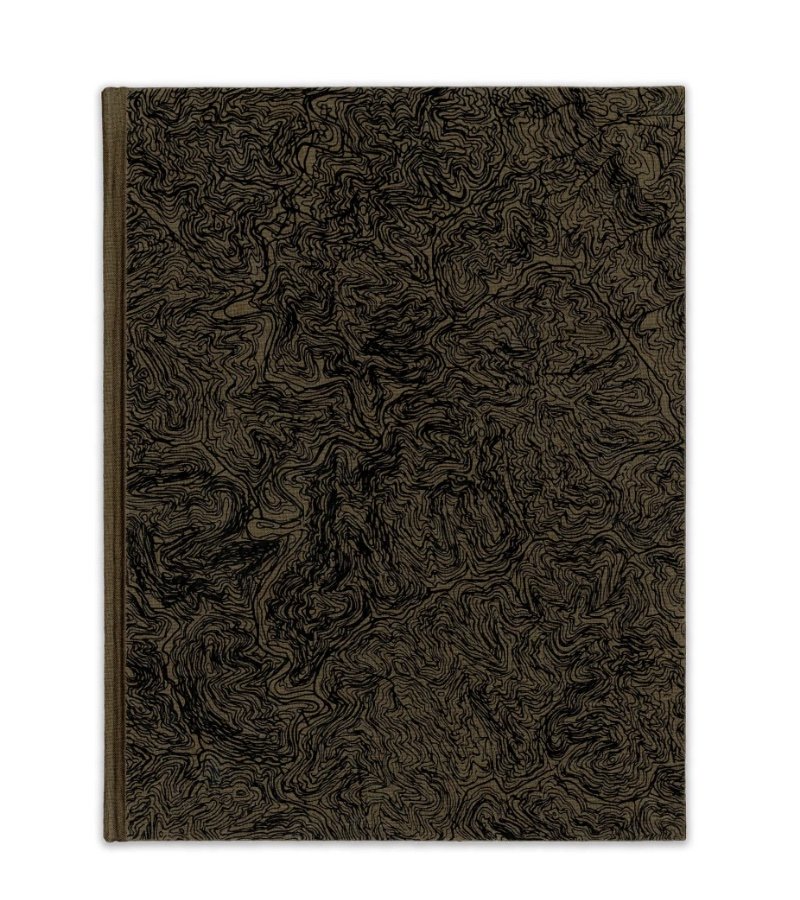Mernet Larsen
American artist Mernet Larsen (born 1940) refers to her paintings not as “representations” but as “analogs,” which alludes to the manual technique she uses to plan them, arranging physical pieces on the canvas before committing to the composition. This term also acknowledges that the scenes in her paintings are constructed in her imagination rather than based on observation. Larsen’s paintings are both humorous and uncanny, depicting organic forms like the human figure in hard-edged geometric shapes. Though her paintings feature recognizable scenarios—office employees in a boardroom meeting, a couple reading in bed—her manipulation of the perspective transforms these banal moments into psychological dramas, hinting at the organized chaos that underlies everyday life.
This monograph features work from the last 60 years of Larsen’s career, as well as an interview with the artist by Hans Ulrich Obrist and essays by the curators Susan Thompson and Veronica Roberts.
American artist Mernet Larsen (born 1940) refers to her paintings not as “representations” but as “analogs,” which alludes to the manual technique she uses to plan them, arranging physical pieces on the canvas before committing to the composition. This term also acknowledges that the scenes in her paintings are constructed in her imagination rather than based on observation. Larsen’s paintings are both humorous and uncanny, depicting organic forms like the human figure in hard-edged geometric shapes. Though her paintings feature recognizable scenarios—office employees in a boardroom meeting, a couple reading in bed—her manipulation of the perspective transforms these banal moments into psychological dramas, hinting at the organized chaos that underlies everyday life.
This monograph features work from the last 60 years of Larsen’s career, as well as an interview with the artist by Hans Ulrich Obrist and essays by the curators Susan Thompson and Veronica Roberts.
American artist Mernet Larsen (born 1940) refers to her paintings not as “representations” but as “analogs,” which alludes to the manual technique she uses to plan them, arranging physical pieces on the canvas before committing to the composition. This term also acknowledges that the scenes in her paintings are constructed in her imagination rather than based on observation. Larsen’s paintings are both humorous and uncanny, depicting organic forms like the human figure in hard-edged geometric shapes. Though her paintings feature recognizable scenarios—office employees in a boardroom meeting, a couple reading in bed—her manipulation of the perspective transforms these banal moments into psychological dramas, hinting at the organized chaos that underlies everyday life.
This monograph features work from the last 60 years of Larsen’s career, as well as an interview with the artist by Hans Ulrich Obrist and essays by the curators Susan Thompson and Veronica Roberts.







